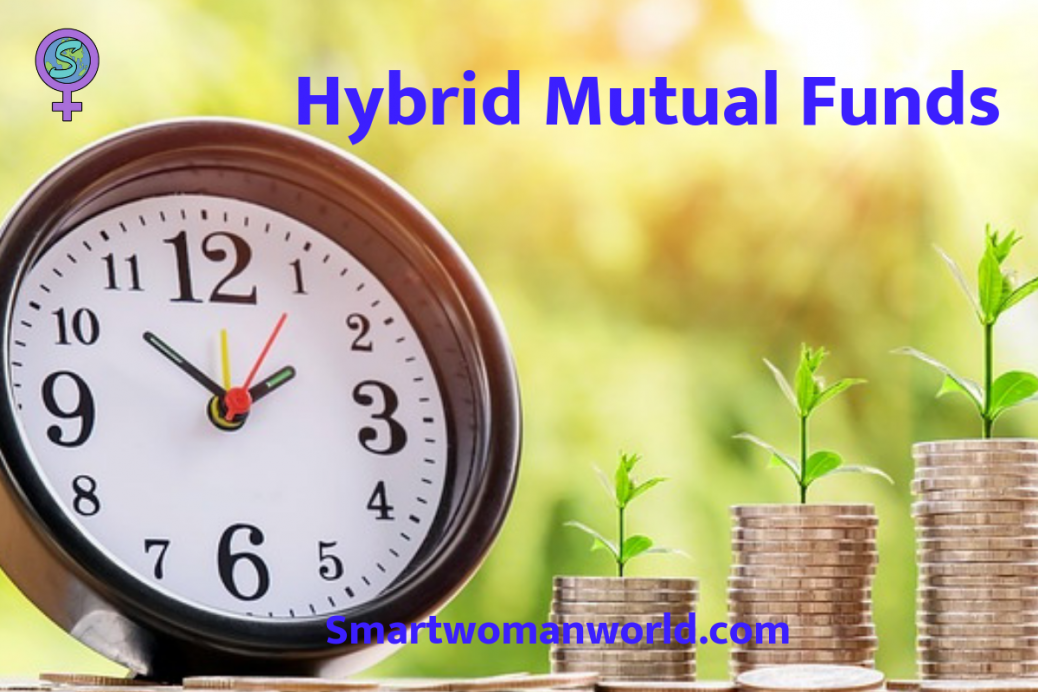As we have seen in our previous article, equity mutual funds are those that can help investors target long-term growth and capital appreciation. In today’s article, we shall discuss the features of a Hybrid Mutual Funds.
Hybrid Mutual Funds
1. Balance
Most funds in this category have been rightly named as Balanced funds, as these funds have a decent mix of both types of asset classes i.e. equity and debt. These funds will have a typical balance of shares as well as debt-based investments like promissory notes, bonds etc, thereby ensuring that investors aren’t completely exposed to the risk of equity. These funds seek to give returns in the long run as well as in the medium to long-term. By law, these funds have to maintain a higher proportion of either of the 2 Asset classes. Hence either the equity proportion is higher or the debt proportion is higher. The investors can choose whichever funds are most suited to their risk appetite.
2. Best of both worlds
As there’s a mix of equity and debt in hybrid funds, investors have the best of both worlds due to the fact that they don’t have to worry about the risk of their entire capital being eroded, i.e. the total capital invested may not become zero over a period of time, as there is a debt component in the fund. If an investor wants to have a majority of debt in the fund, he/she can also do so and in such a case the equity portion would be lesser and hence the overall returns would be significantly lower ie. around 8-10 %. Having said that, since the equity portion is less, it would also mean the risk in the fund is also less, therefore funds with a higher debt portion could be a brilliant proposition for post-retirement as the debt portion provides enough returns to such investors for their daily expenses and the equity portion could be used for other expenses in the future.
3. Pre-retirement
Investors looking towards retirement can use hybrid funds, with a higher equity proportion, to target their retirement corpus. This is a good deal for such investors as they get a higher return as compared to most other investments. The rate is approx. 10-12% as most investors realize that during retirement their income may stop or get reduced and thus they need a large amount of money or have a corpus big enough to sustain their daily needs for their post retired life. So investors can target hybrid funds with a major holding in equity as they are nearing towards retirement, i.e. the pre-retirement stage of life.
4. Dividends
Due to the growth in the market size and also due to the better performance of the hybrid fund sector, certain AMCs have started providing dividends to their investors in certain hybrid mutual funds. These funds have a higher proportion of equity holdings but are doing so well that the funds are declaring monthly, half-yearly and yearly dividends. As we know, mutual funds are not obligated to declare dividends for any or all of their schemes but if they do so, it is a general indicator that these funds are performing well. Thus only through dividends, in a year, an investor can earn around 9-10% returns by investing in funds that have a track record of giving monthly dividends. Apart from the dividend income, the capital appreciation i.e. the eventual growth of the original capital is also an added benefit. Investors also have the option of dividend re-invest, wherein the declared amount of dividend is used to repurchase more units of the same fund thereby increasing their unit holdings in the fund.
5. Taxation
As there are 2 categories of hybrid funds, the taxation is also different for a fund that has a higher proportion of equity. The taxation is the same as that of an equity mutual fund. i.e. % on the profit exceeding Rs.1,00,000/-.
E.g. Mrs A. invested Rs.1,00,000/- in a hybrid mutual fund which has a higher equity holding and after a year the invested value becomes Rs.2,10,000/- . Thus she will be taxed 10% of the profit exceeding Rs.1,00,000/-.
Therefore Profit = Rs.2,10,000/- – Rs.1,00,000/- = Rs.1,10,000/-
Profit exceeding Rs.1,00,000/- = Rs.1,10,000/- – Rs.1,00,000/- = Rs.10,000/-
Therefore tax = 10/100 x 10000 = Rs.1000/-.
Assuming the mutual fund has a higher proportion of debt, the taxation for a debt mutual fund would apply i.e. 20% with indexation after 3 years of holding (LTCG) and any profit made on the sale of units of such a fund would be added to the investors income for the year, and taxed accordingly.
Thus we have seen the features of a hybrid mutual fund. These funds may suit investors – pre as well as post-retirement. However, there is still a risk attached to hybrid mutual funds due to its equity exposure, whether it is higher or lower than the debt component. So if investors do not want any equity exposure they would be more comfortable considering a debt fund. So stay tuned for our next article on debt based mutual funds.
About the Author :
Rufino Dsouza is a Certified Financial Planner who specializes in the following Services :
- Client wise portfolio management.
- Investment seminars.
- Investment solutions and goal planning.
- Tax planning, and effective investment tools for the same.
His Contact details are as below :
- Phone – 7021651902 ( whatsapp/call)
- Email – rndinvestments9@gmail.com
- FB page – RND investments
- Instagram – RND investment




